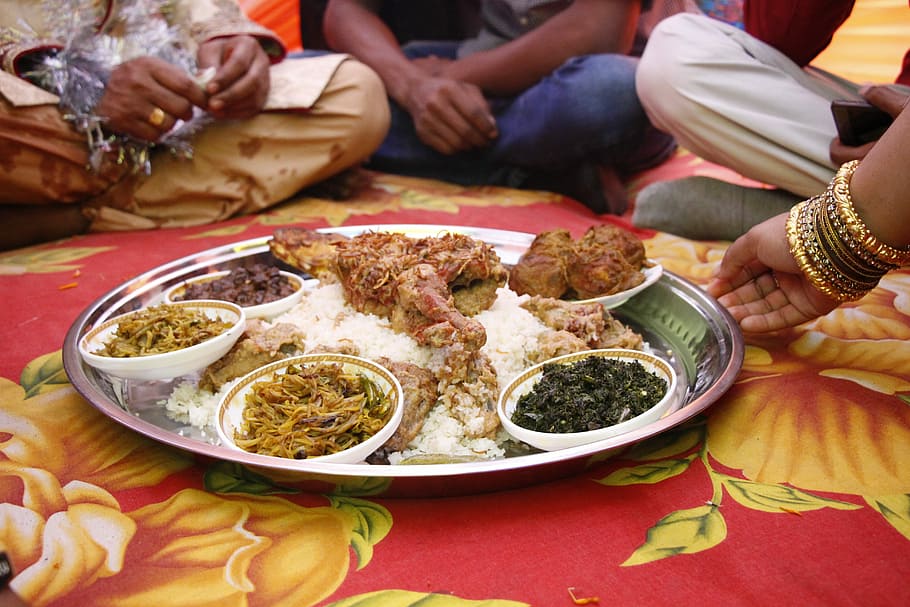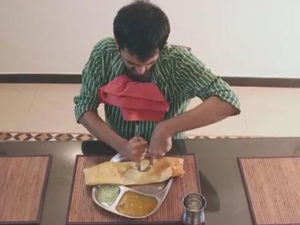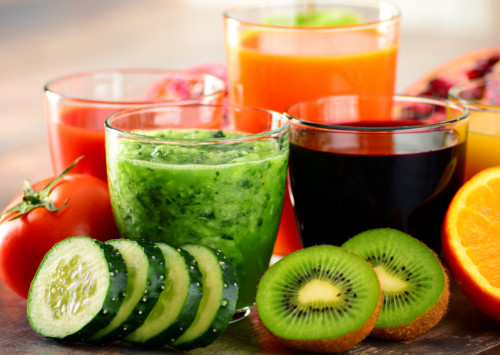Eating with hands in India
Nearly a decade ago Oprah Winfrey, an American celebrity, commonly dubbed as the ‘queen of all media’, created an uproar in India when she wondered if Indians were‘eating with their hands’. Her remark reflected the global outlook on eating with hands as an uncivilised and rustic custom and has often symbolised economic inferiority.
Meals in India are usually consumed directly with the hands. Unlike the western world where little children often play with food in the name of eating with hands, children in India are usually first taught to eat with their hands and then gradually move up to using cutlery. It is considered customary to eat only with the right hand and to use the left for moving food onto one’s plate from a serving dish. However, it is rather peculiar to believe that a country like India that has shouldered ancient civilisations like Harappa and Mohenjo-Daro could not put two and two together and develop an extensive cutlery range, unless a more viable solution was served before it.
The ayurveda, the traditional Indian system of medicine, explains that human bodies are in synchronisation with the five elements of nature and that each finger is an extension of these elements. The thumb connects to Agni (fire), index finger to vayu (air), middle finger to akash (ether), ring finger to prithvi (earth) and the little finger to jal(water). It is believed that when all five fingers are joined together in a bowl formation while consuming food, a form of consciousness rises up due to the physical and spiritual connection that makes the human more attentive about the food being consumed, thus enhancing the sensory taste as well.“And since fingers are excellent receptors of heat, they also prevent the tongue from the risk of burning” tells Jyoti Sharma, an Ayurveda student in Punjab.
Apart from traditional sciences like ayurveda, modern science also seems to be in the favour of eating food with hands as many scientific researches and recent studies in Neuroscience have proven that fingertips perform complex processing and decode signals without the help of brain. It is also reasoned that when food is touched with fingers, the nerve endings at the fingertips sends signals to the digestive system to start secreting the relevant digestive juices.
Another study published in the Journal of Retailing, says that when an individual eats food with hands, it makes the food not only tastier but satisfying as well. This process also helps a person to eat more as compared to eating food with cutlery.“Our results suggest that for people who regularly control their food consumption, direct touch triggers an enhanced sensory response, making food more desirable and appealing,” says study researcher Adriana Madzharov from Stevens Institute of Technology, New Jersey, in the US.
Alongside the entire rumpus about eating with hands India, comes the key question of eating what? Indian food, unlike western cuisine, isn’t a short affair of slicing and cutting. Eating authentic Indian food items like roti, naan, dosa requires much more advanced cutlery and the requisite culinary skills thus, paving way for rather an intimate touch of the hands with the food item.
Owing to the popularity of this practice, many Indian restaurants which have set up shop abroad also recommend their customers to try to eat their Indian specialities with their hands to make their the entire experience more enjoyable.















